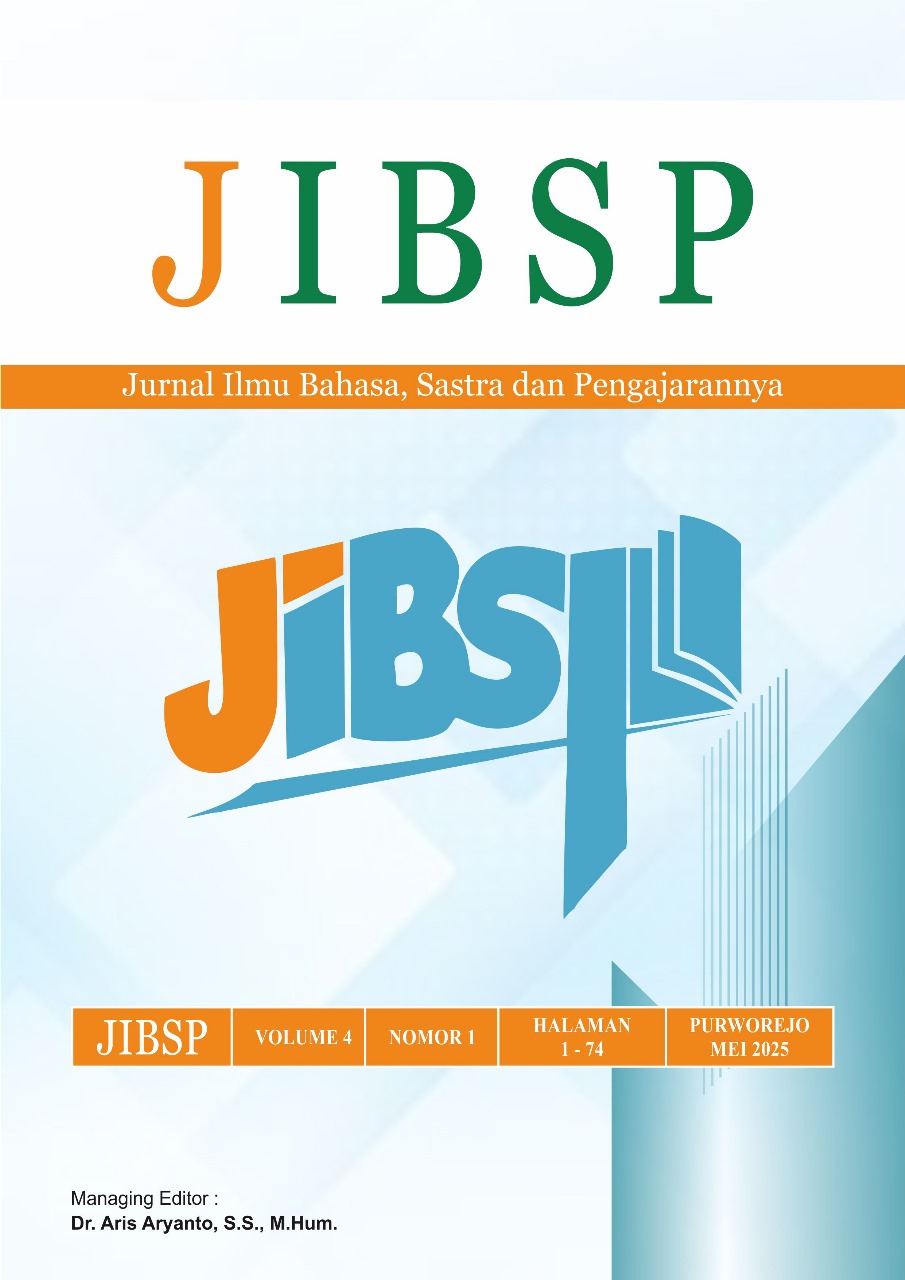FORM AND SYMBOLIC MEANING OF GREBEG MAKUKUHAN TRADITIONAL CEREMONY IN KEDU VILLAGE KEDU DISTRICT TEMANGGUNG REGENCY
Abstract
This study aims to describe the form and symbolic meaning of offerings (ubarampe) in the Grebeg Makukuhan traditional ceremony in Kedu Village, Kedu sub-district, Temanggung Regency. The primary data sources of this research are informants who know in depth about the Grebeg Makukuhan traditional ceremony. Secondary data sources are documentation and books about the Grebeg Makukuhan traditional ceremony, as well as previous studies on the Grebeg Makukuhan traditional ceremony in Kedu Village, Kedu Subdistrict, Temanggung Regency. Data collection techniques using participant observation, structured interviews, and documentation in the form of notes, photographs, books, recordings of interviews, and relevant research. Data validity testing techniques using triangulation of data sources and methods. The research used qualitative methods with an ethnographic approach. The results showed that the form of the Grebeg Makukuhan tradition ceremony was motivated as a form of respect for the ancestral figure, Ki Ageng Makukuhan, who is believed to bring Islam and bring goodness to the people of Kedu. There are several versions of the story of Ki Ageng Makukuhan. The form of the procession of the Grebeg Makukuhan traditional ceremony, namely (1) Pre-implementation, in the form of ruwat ringin, draining or cleaning Sendang Planangan, and simakan Al-Qur'an. (2) The core event, in the form of Lukir langse, haul Ki Ageng Makukuhan, Sadranan. (3) Post-implementation, in the form of ngumbah jaran. The symbolic meaning of offerings or ubarampe at the Grebeg Makukuhan traditional ceremony is: Tumpeng, ingkung ayam in the form of chicken cemani, market snacks, flowers, incense, hasta tirta, and ageman cloth. The community considers that the Grebeg Makukuhan tradition ceremony is a means of cultural education for the younger generation and children.
References
Arikunto, S. (2010). Prosedur Penelitian. Rineka Cipta.
Arikunto, S. (2013). Prosedur Penelitian Suatu Pendekatan Praktik. Rineka Cipta.
Bastomi, S. (1992). Seni dan Budaya Jawa. IKIP Semarang Press.
Endraswara, S. (2006a). Metode, Teori, Teknik Penelitian Kebudayaan: Ideologi, Epistemologi, dan Aplikasinya. Pustaka Widyatama.
Endraswara, S. (2006b). Metodologi Penelitian Kebudayaan. Gadjah Mada University Press.
Herusatoto, B. (2005). Simbolisme dalam Budaya Jawa. Ombak.
Ismawati, I. (2016). Metode Penelitian Pendidikan Bahasa dan Sastra. Ombak.
Maryaeni. (2008). Metode penelitian Kebudayaan. Bumi Aksara.
Mutamimah. (2021). Nilai-Nilai Filosofis Upacara Adat Ruwahan dan Grebeg Makukuhan Ki Ageng Makukuhan di Kedu Temanggung dan Relevansinya dengan Pembelajaran Sejarah Kebudayaan Islam. Universitas Islam Negeri Sunan Kalijaga Yogyakarta.
Pambudi, O. (2014). Upaya Pelestarian Tradisi Baritan Dalam Upacara Adat Sedekah Bumi di Desa Kedungwringin, Kecamatan Sempor, Kabupaten Kebumen. Universitas Muhammadiayh Purworejo.
Purwadi. (2012). Folklor Jawa. Shaida.
Purwanto, W. I. (2017). Pandangan Masyarakat Terhadap Upacara Tolakan Di Desa Ketawangrejo Kecamatan Grabag Kabupaten Purworejo. Universitas Muhammadiyah Purworejo.
Puspitasari, S. A. (2012). Kajian Folklor Tradisi Merti Dusun di Dusun Tugono Desa Kaligono Kecamatan Kaligesing Kabupaten Purworejo. Universitas Muhammadiyah Purworejo.
Spradley, J. P. (1997). Metode Etnografi. Tiara Wacana.
Sugiyono. (2016). Metode Penelitian Kuantitatif, Kualitatif dan R&D. Alfabeta.
Syakhrani, A. W., & Kamil, M. L. (2022). Budaya Dan Kebudayaan: Tinjauan Dari Berbagai Pakar, Wujud-Wujud Kebudayaan, 7 Unsur Kebudayaan Yang Bersifat Universal. Journal Form of Culture, 5(1), 1–10.
Sztompka, P. (2007). Sosiologi perubahan sosial. Prenada Media Grup.



